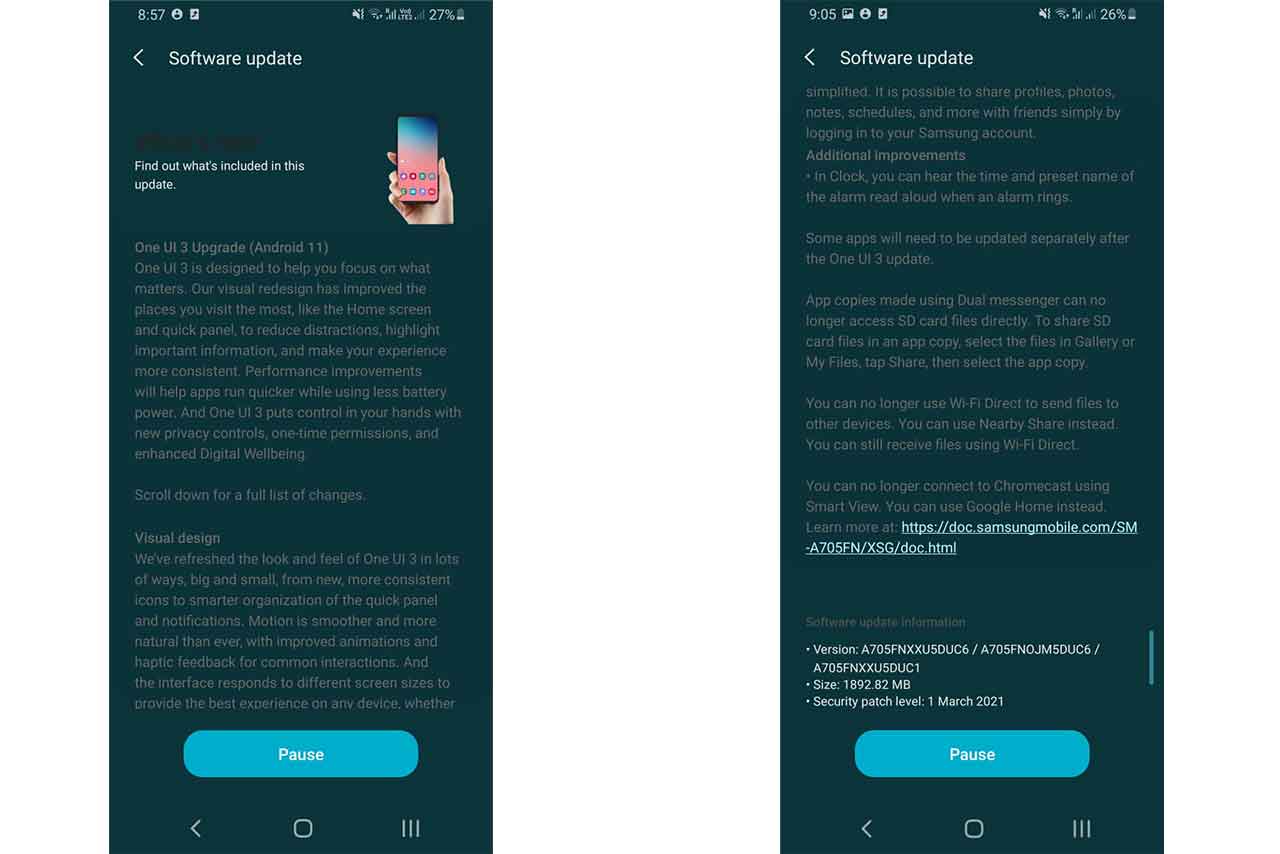A new phone from Chinese maker Vivo has its fingerprint reader embedded in its screen, using a technology from Synaptics.
As smartphones go all-screen, one design problem has bedeviled everyone from Samsung to Apple: Where to put the fingerprint scanner? At CES2018 Synaptics had a pretty interesting announcement ahead of, a big tech component maker showed the first phone to try something new: Keeping the fingerprint inside the screen. Since, talking about other latest flagships like Galaxy S8, Google Pixel 2 and the series are moved the fingerprint sensor to the back of the phone, where some people find awkward in their review
Vivo Communication Technology Co. Ltd., Qualcomm Technologies will be demonstrating Qualcomm Fingerprint Sensors for Display and Metal using modified versions of the VIVO XPlay 6.
“We are excited to announce Qualcomm Fingerprint Sensors because they can be designed to support sleeker, cutting-edge form factors, unique mobile authentication experiences, and enhanced security authentication”
said Seshu Madhavapeddy, Qualcomm Technologies’ vice president of product management
Having said that, the real thing here is the fingerprint sensor on this smartphone. It’s under the display in the device, and it is placed where most home buttons would be normally, making it easier for people to move to an in-display sensor versus a traditional button. During the demo, the sensor worked well really, and unlocked very fast. It was fast enough to get on video, but not quite fast enough to get in a picture. It’s about as fast as other fingerprint sensors on the market right now, in smartphones like the Galaxy S8, LG V30 and others. The only real difference is that you get to have smaller bezels without needing a sensor on the back. All you have to do is put your finger on the sensor and the device unlocks.
Inside-the-screen tech has a rejection rate of about 2%, and a false acceptance rate of 1 in 50,000, both typical for the industry. Synaptics CEO Rick Bergman said it took 18 months to turn the tech from a demo into a real product that could handle issues such as dry fingers and sunlight.
This optical fingerprint sensor tech only works behind OLED screens because they’re sufficiently thin and transparent. Synaptics rival Qualcomm has announced they’re also developing a behind-the-screen reading tech, but it has yet to arrive in a finished product.













